Ford Files Trademark Applications for 'Transit Courier' and 'Courier' in U.S.

Have you ever sat in a Ford Transit Connect and said to yourself, “Gosh, I like this, but it’s just so darn big!“? Well, if Ford’s latest trademark filings are any indication, the Blue Oval might soon have exactly what you’re looking for.
According to the United States Patent and Trademark Office, Ford filed trademark applications for two names — “Transit Courier” and “Courier” — on July 22, 2016, hinting at possible Fiesta-based, B-segment vans for North America.
In Europe, the Transit Courier exists in multiple guises: as a panel van called Transit Courier, as a commercial passenger vehicle called Transit Courier Kombi, and as a non-commercial passenger van called Tourneo Courier. Additionally, Ford of Europe markets a three-door Fiesta without rear glass, simply named Fiesta Van.
Courier, without a Transit prefix, was a Fiesta-based pickup sold in South America until 2013. Before that, Ford used the Courier name domestically when rebadging Mazda pickups. That Ford Courier was replaced by the Ford Ranger in 1983, but the name lived on in other markets.
According to Ford’s North American product communications manager, Mike Levine, the automaker does not “speculate about future products” and trademark filings are “part of our normal course of business.”
“The best-selling Transit Connect small van is available in a choice of short and long wheelbases to help customers find the best size to meet their needs,” Levine said. “There are no current plans to offer a smaller van below Transit Connect.”
Ford has taken the commercial van market by the horns since releasing an onslaught of new product in the segment over the last few years.
It began with Ford importing the first-generation Transit Connect from Turkey, with all vehicles fitted with rear seats when they came through U.S. Customs to avoid the 25-percent “chicken tax” applied to commercial vehicles. U.S. Customs slapped Ford on the wrist for the practice and the automaker moved production to Spain for the second-generation van.
Ford didn’t stop there. The automaker began selling larger Transits domestically, a common sight in Europe, to replace the aging E-Series/Econoline van range. The E-Series is now built solely as a chassis cab model.
[Image: Ford of Europe]

More by Mark Stevenson
Latest Car Reviews
Read moreLatest Product Reviews
Read moreRecent Comments
- Daniel China can absolutely make quality products when contracted at the right prices or their car companies trying to compete. However, I doubt any of their nearly 100 EV companies would even want to try to break into the US market with a 25% tariff (Polestar pays this) and the huge service and support network needed other than *maaaaybe* BYD eventually and only then if they end up using their upcoming plant in Mexico for not just Latin America, but decide to try the US market without the tariffs. They def would need to have excellent quality and support to be taken seriously, we'll see!
- VoGhost I know one commenter who would love to live in Kia towers.
- VoGhost Matt, do us all a favor, will you? Since you love the term 'EV mandate' so much, could you please point to a single country or state that has mandated that consumers buy an EV? At any point in time - historical or the future. Just one, Matt. Just a single place where the term 'EV mandate' is even close to being true.
- VoGhost Just so we all have this correct, you're saying that the red states that refuse to educate their children or fund healthcare for their citizens also want them to die earlier from fossil fuel pollution? OK. I see. Makes the decision in November a little more stark.
- Golden2husky The image that sustainable products are second-rate is a problem that the industry has to overcome. Best way to do that is to make sure your first effort is a home run right out of the box. Michelin is the type of company that can make it happen.



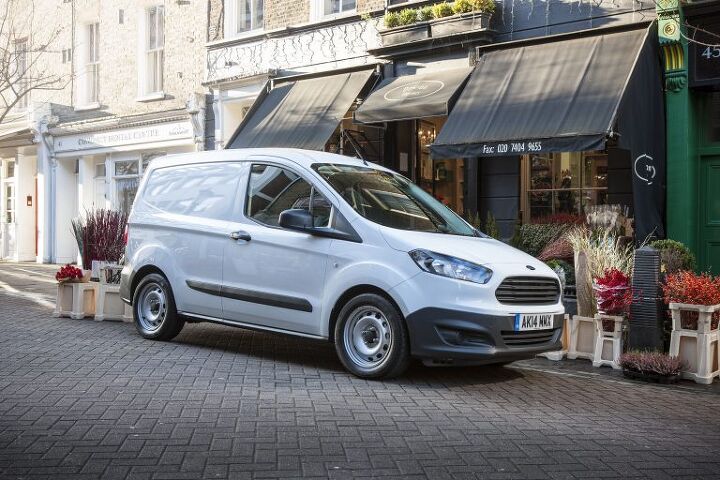

















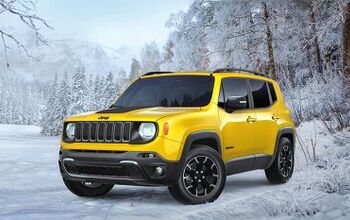
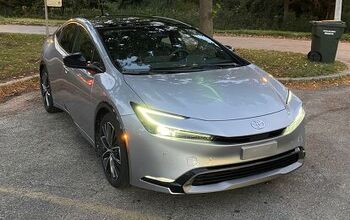
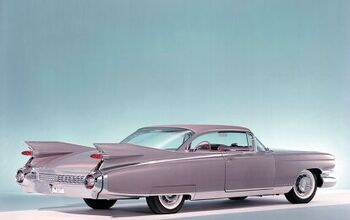
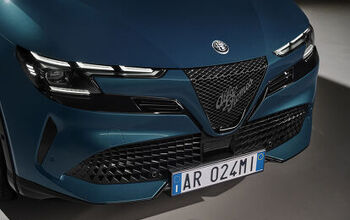
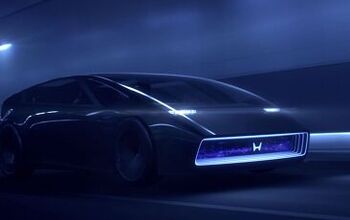
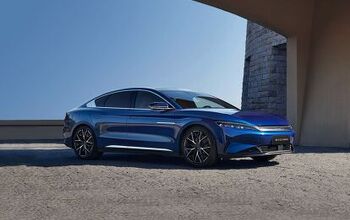
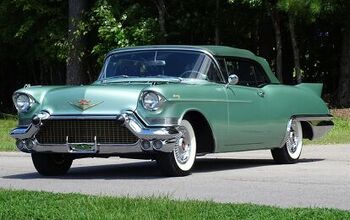
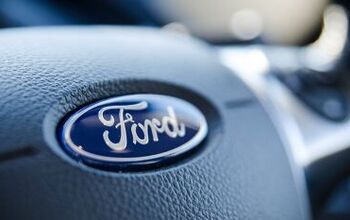
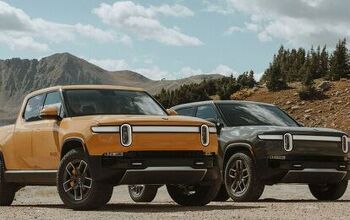
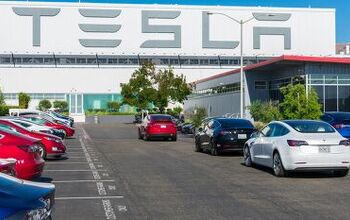
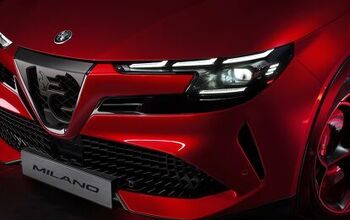
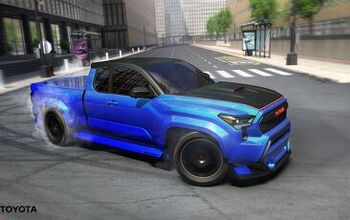
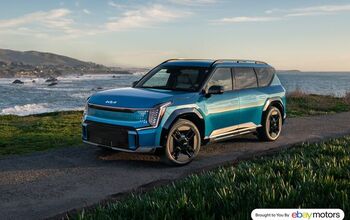

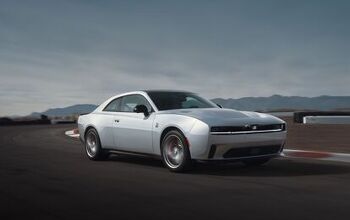
Comments
Join the conversation
possible replacement for old Elements...
Fleet operators and a Fiesta Courier with DCT. Wonder how well that will work out?